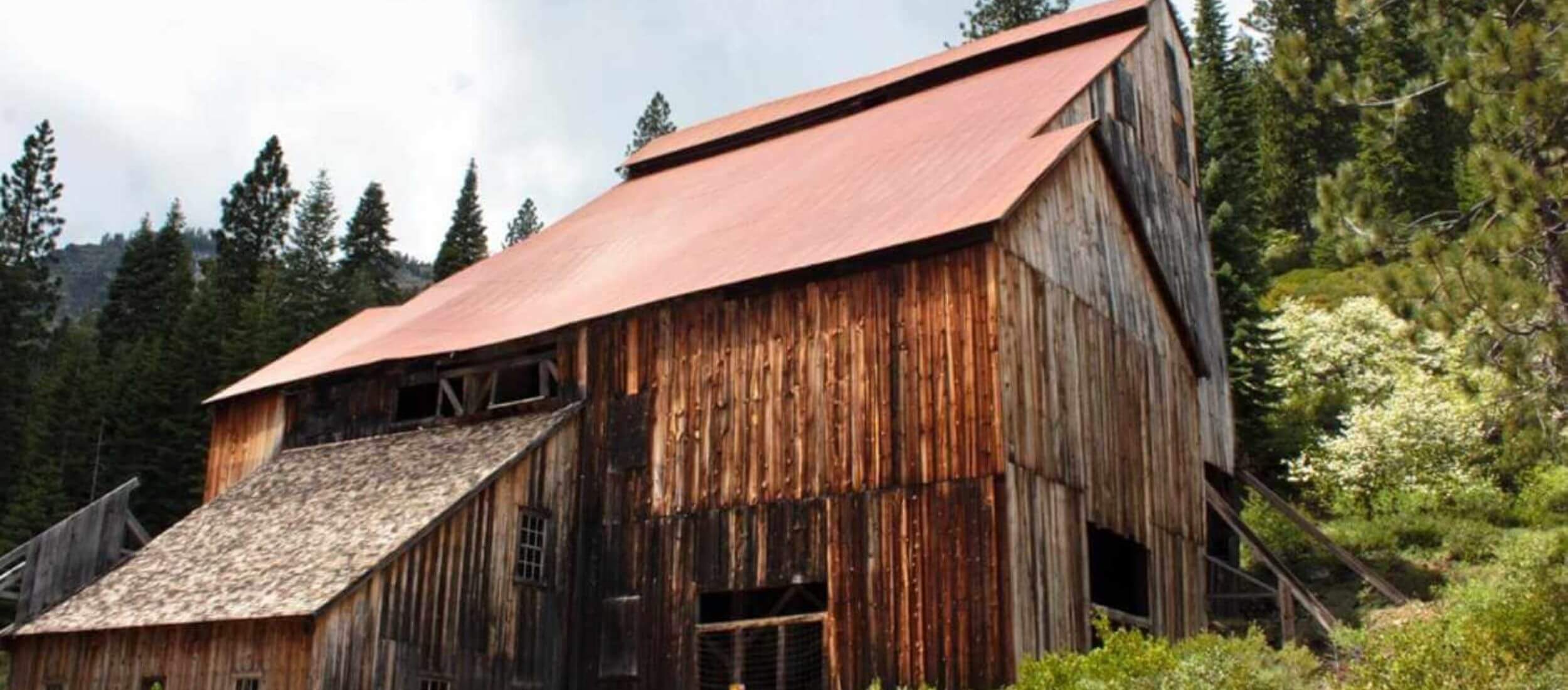The Rich & Unique History of Plumas County
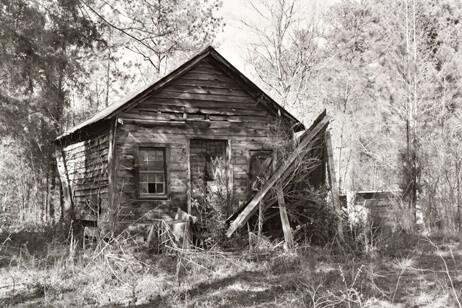
Lumber Companies offered temporary housing for loggers consisting of wood frames and canvas cabins called “skid shacks.” A straightforward plan was in place to keep the dwellings by making them portable. When logging camps needed to move, rather than build new housing, the shacks were loaded onto a train, transported, and then “skidded” off to be transported to the new site. Most of the very simplistic “houses” are gone today, but one in very good condition remains at Bucks Lake Lodge as a rental. It seems this was the true definition of recycling!
Chester locals cracked the mystery of the lost Bunnel Hotel Safe in 2021 when they discovered it at a locksmith in nearby Chico. Its whereabouts were unknown for over 100 years. Today, due to the locals’ discovery, it is housed at the Chester Museum on First Avenue, having come full circle after being away for 100+ years.
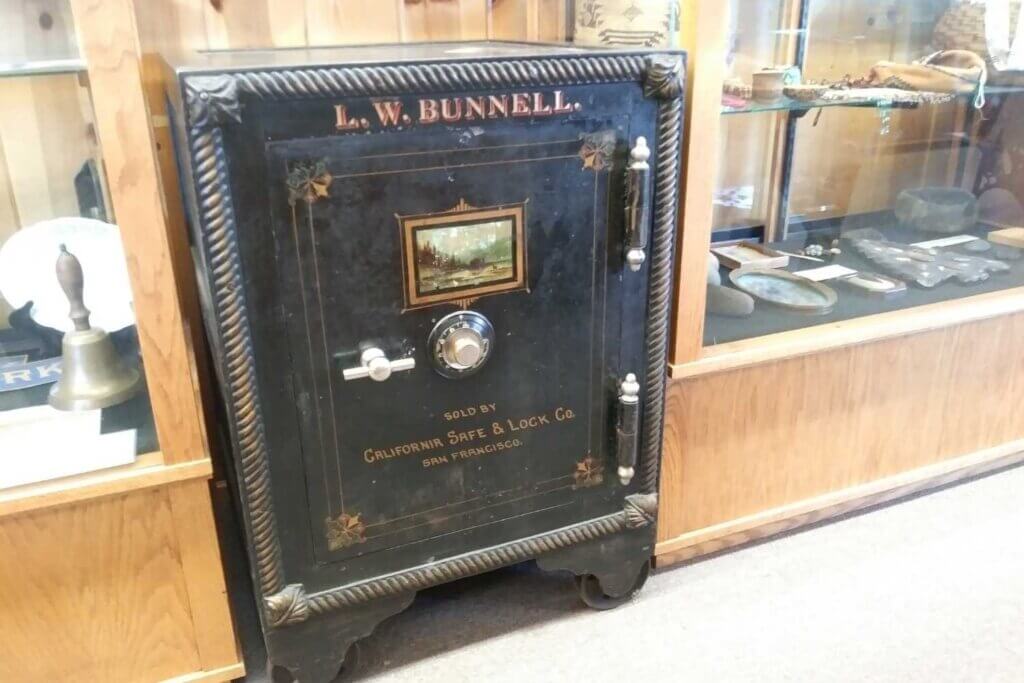
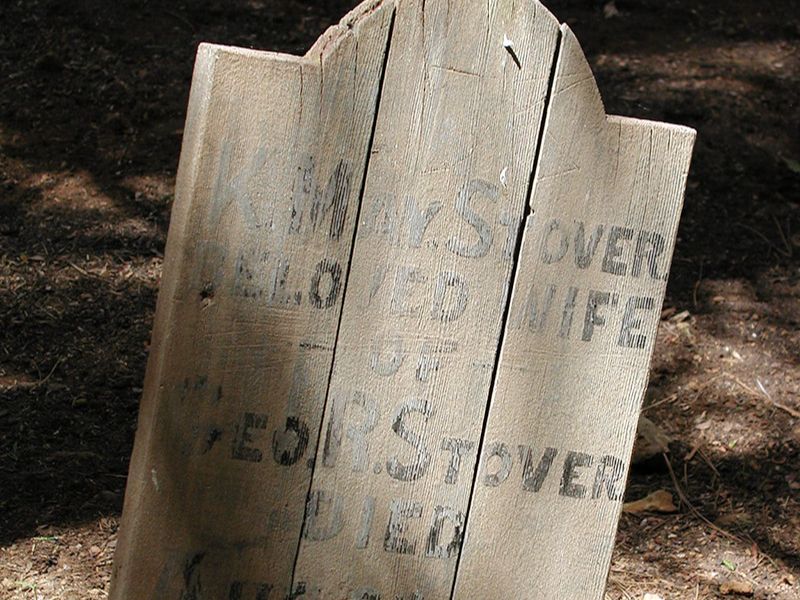
Have we got cemeteries! Plumas County has at least 29 known cemeteries, many with a rich history. The Prattville Cemetery was moved—meaning digging up graves, moving coffins, and reburying. Cemeteries are of interest to many, and every year, the Plumas County Museum Association holds an event called A Grave Occasion. This event involves actors reenacting famous people who are buried in different graveyards.
Fourth of July in 1909 was more than Firecrackers leading to the intrigue of how a whole town was burnt to the ground. While the town people and visitors of Prattville were a mile from town enjoying a picnic and playing baseball with the rival team from Greenville, a plume of smoke rising from town was noticed. With no fire equipment, the town was turned into ash with all lost. Many thought since the town had been a “holdout” selling to the Great Western Power Co. that, they had set the town on fire. No proof or evidence was ever found except a school teacher’s bell tagged with “Taken from the Prattville School on the day GWP burned the town about 1910.” The author of the tag was GWP company physician Dr. Fred Davis. Hmmmm…
The “Stairway of Power” was an engineering feat that gained worldwide attention that began in the 1880s. Julius Howells first noted the possibility of creating a water storage area by converting Big Meadows into Lake Almanor. In a survey of the North Fork of the Feather River, he discovered that its plunging course dropped 4,350 feet, forming a natural stairway to develop and supply hydroelectric power plants. Today, the Stairway of Power consists of three dams, ten power plants, and multiple conduits and tunnels. The capacity of the plants is 362.3 megawatts, which produces an annual average of 1.171.9 gigawatt hours.
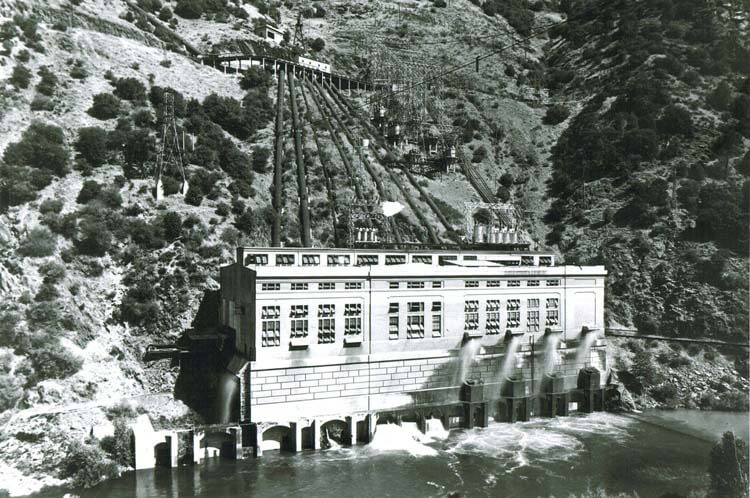
The “Dinky,” a narrow, gauge locomotive, was discovered in May of 1996 after 82 years at the bottom of Butt Lake. It was used during the 1910-1914 construction of the Almanor and Butt Lake Dams. “Dinky” can now be seen at the Collins Pine Park in Chester.


Women of Plumas County
Many women have left their mark in Plumas County, one being femme fatale Minnie Lee Vest. From hat model discovered in San Francisco to first hotel owner to founder of the fire department and Chamber of Commerce to a modern-day house flipper—Minnie was a woman way before her time!
Marie Potts, Chankutpan (“One with Sharp Eyes”), co-founded the Federated Indians of California and the California Inter-Tribal Council, was the founder of the oldest Native American newsletter in the nation, “The Smoke Signal,” and was a participant in the Occupation of Alcatraz, an Indian protest in 1969-1971. Marie fought for the rights of her people using her humor accompanied by a sharp tongue.
Read more about these prominent women…
